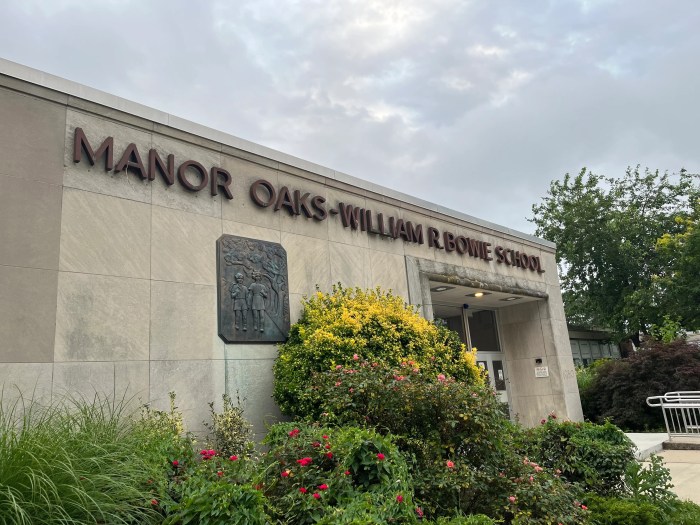
(Photo courtesy of Village of Garden City historian Bill Bellmer)
Time finally ran out for the Victorian home that used to sit at 104 Sixth St. in the Village of Garden City when it was razed on Monday, Aug. 1. This structure was one of the original “worker” houses designed by architect John Kellum in 1871. It was also one of 50 A.T. Stewart-era houses listed on the National Register of Historic Places in 1978 for its association with the early development of one of the first planned communities in America.

Purchased by New York Islanders defenseman John Boychuk, it was only after its sale last year that he and his family found out that it was on the National Register of Historic Places, a fact Boychuk’s wife, Sheena, admitted during a May 17 Architectural Design Review Board (ADRB) meeting, where demolition of the old house and construction of a new one was approved. The Boychuks offered to donate the home to anyone willing to pay for moving costs. Since that time, Boychuk architect T.J. Costello of Manhasset-based Hierarchy Architecture and Historical Society board member Terry Kenny had been spearheading a last-ditch effort to have someone agree to take the house and pay for the moving expenses.
Both men sent emails to people and places in and out of Garden City seeking takers for the house. They appeared at board meetings for the Garden City Public Library and the village board of trustees to plead their case. And while Kenny’s research into moving costs came up with a $150,000 to $175,000 estimate to move the home, Costello offered to donate $20,000 to the effort in cash and professional services that would be required to create the drawings and estimate logistics for the move. A last-minute appeal to County Executive Ed Mangano resulted in the offer of an available plot at Mitchell Field to relocate the house, where Habitat for Humanity arranged to donate it to a veteran. Ultimately, the logistics of hazardous traffic conditions and power line obstacles proved to be insurmountable.
“There were possibly 10 agencies involved—Long Island Rail Road, because it had to cross tracks, the police department, department of emergency management, because it would have affected some homes along the way, the office of Ed Mangano and the department of transportation and arborists,” Costello explained. “I rode along in a caravan of black SUVs to see if we could scout two or three different routes, but the rug got pulled out when it was deemed unfeasible to move it.”

Costello did point out that a move within the village boundaries would have avoided any of these infrastructure issues.
“It could have been moved 700 feet for free from the kitty corner of 104 Sixth St. to the park on the corner for free. And if they didn’t want it in the park, they could have crossed the railroad tracks 100 more feet to the corner of the library,” he said. “It was brought up to the mayor of Garden City. I asked if the village would like to purchase it, and they didn’t pony up. I asked if the library would like to purchase it and they didn’t pony up. That’s a real shame because I know there are a lot of finger-waggers out there, but nobody came forward.”
When asked to comment, Mayor Nick Episcopia was clear that there was nothing the village could have done.

“Short of a moratorium on all demolition, this could not be stopped. The library had no use for the house and the board of trustees was unwilling to get involved with moving a home,” he responded.
While the outcome was bitterly disappointing for the preservation committee of the Garden City Historical Society, the biggest concern is trying to prevent this kind of thing from happening going forward.
“In light of the demolition of 104 Sixth Street, which was built in 1883 and was part of the A. T. Stewart-era Thematic Group listed on the National Register, the Society strongly advocates for the creation of a reasonable historic preservation law to avert further demolition of National Register-listed houses, preserve the quality of life in Garden City, and prevent it from developing into ‘Anytown, USA,’” the GCHS said in a published statement.


































